Affordable and high-quality ring WiFi extenders.
The best ring WiFi extender provides convenience, comfort, security, and stability when using WiFi network connection. It delivers a strong signal to eliminate any lag and avoid dead spots outside your house or ring camera.
A good ring WiFi extender should offer decent bandwidth and an extensive connection range. Range extenders can be small in size and weight and have multiple internal or external antennas. Due to the well-elaborated functionality, they amplify a WiFi signal and transmit it at high speeds.
When shopping for the best ring WiFi extender, pay attention to the build quality, materials, speed, range, and WiFi standards. Consider the type of connection. It is possible to connect wirelessly or use LAN and USB ports. No less important aspect is how easy it is to configure an extender.
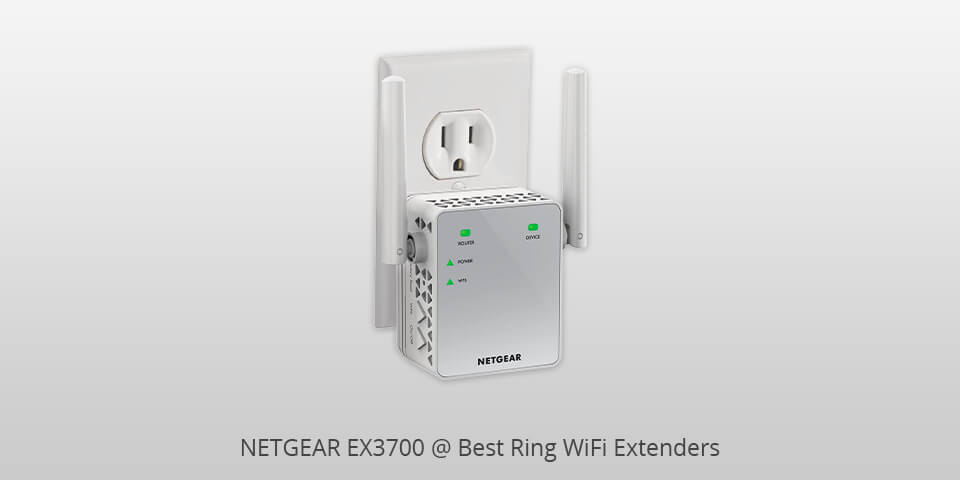
Speed: 750 Mbps | Coverage: 360 m | Wireless Type: 802.11a/b/g/n/ac | Weight: 9.6 ounces
The NETGEAR EX3700 is one of the most sought after WiFi expenders on the market. The NETGEAR is a USB device that can be plugged into any USB port and instantly boost the available transfer rate. It is very powerful, and has a strong signal.
It makes WiFi access possible in places where an internal USB WiFi adapter would not work, such as in cars, garages, dorms, and other places. The NETGEAR EX3700 works great with wireless routers.
The NETGEAR EX3700 is easy to install. It comes with a user manual and is easy to connect to your computer's USB port. In many cases, it can even be used with computers that support multiple wireless networks.
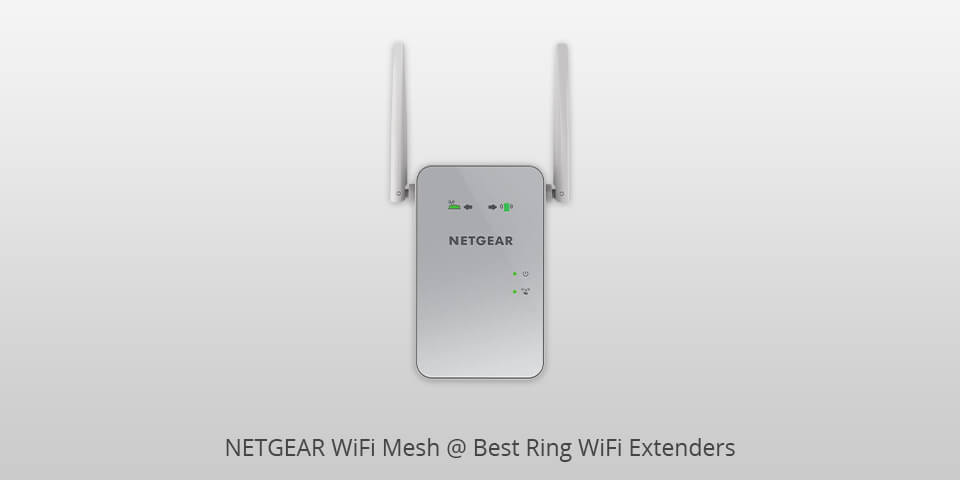
Speed: 1200 Mbps | Coverage: 300 m | Wireless Type: 802.11a/b/g/n | Weight: 13.6 ounces
The NETGEAR WiFi Mesh extender is one of the best ring of WiFi access point. It makes available a free wireless connection for your laptop. This means you don't have to pay for any wires or cables at all and you can go about your business without worrying about dropping any wires.
Another major plus is that it can be used with any computer or laptop brand. This is good news if you need to use a hotspot wherever you go, not just at home.
You're always on and can continue surfing in the best possible internet speed no matter where you are. The NETGEAR WiFi Mesh can work long distances at tremendous speed, and you don't need to sit next to it to get WiFi.

Speed: 2200 Mbps | Coverage: 600 m | Wireless Type: 802.11a/b/g/n/ac | Weight: 10.7 ounces
For many people, one of the best options for an office wireless WiFi connection is the NETGEAR EX7500 ring WiFi extender. The best feature of this WiFi Extender is that it can be used in multiple locations throughout the world.
It can work as if it was always connected to a wireless network. One of the biggest advantages of using a WiFi extender is that the internet is always available, even when the user is traveling, which helps people stay connected with each other no matter where they are.
One of the best things is being able to access the internet while not being in direct line of sight of the router. You do not have to worry about wires getting in your way and interfering with one another.
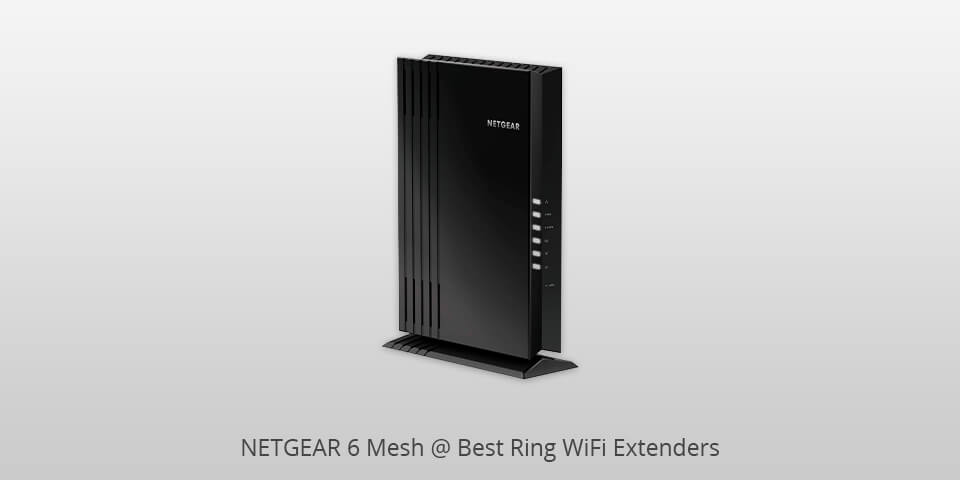
Speed: 1800 Mbps | Coverage: 450 m | Wireless Type: 802.11ax | Weight: 32 ounces
If you are looking for the best ring of WiFi extender around, the NETGEAR 6 Mesh should be in your list. This mesh networking Ethernet extender is a type of wireless router (a device used to connect to a network) that also has mesh networking built into it.
You can put up a wireless network anywhere he wants, and there will be no interference because the data is being sent through a mesh of networks. It can easily be installed within minutes, it works great in crowded areas and is easy to use and handle.
NETGEAR 6 Mesh is reliable and will not cause interruptions in your day to day internet surfing. It is also very easy to set up; anyone who does not have any technical experience with wireless devices should be able to do it in a short amount of time.
| IMAGE | NAME | FEATURES | |
|---|---|---|---|

|
NETGEAR EX3700
Fast speed
|
CHECK PRICE → | |

|
NETGEAR WiFi Mesh
WPA/WPA2
|
CHECK PRICE → | |

|
NETGEAR EX7500
45 devices
|
CHECK PRICE → |
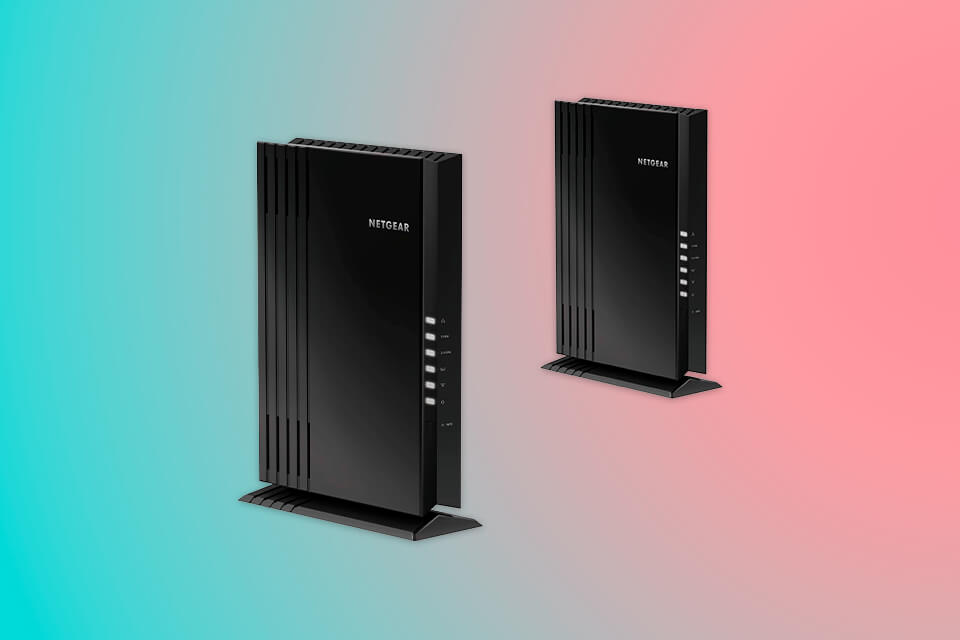
The best ring WiFi extender should offer a high wireless encryption level to keep all your internet activity and passwords secure. Aside from providing maximum compatibility with all devices and operating systems, most models support WPA, which is a reliable and modern type of security.
Some extenders employ WPA2, which is an innovative, improved, and more secure version of WPA that supports AES CCMP encryption. You can set WPA/WPA2 mixed mode for better security. This type of WiFi network security allows you to get the most out of your device.
This parameter determines the compatibility of WiFi standards. The most common frequency range is 2.4 GHz. It is used in 802.11b, 802.11g, 802.11n standards. An access point with this range is compatible with any WiFi device. The downside of this standard is the possible interference with third-party devices, which degrades connectivity performance and speed.
5 GHz is used in 802.11a, 802.11ac, 802.11n standards. This option reduces the amount of interference from other networks or devices. The minimum level of interference and the increased frequency have a positive effect on speed. And 60 GHz is used in the 802.11ad WiFi standard and provides an even higher quality of connectivity.
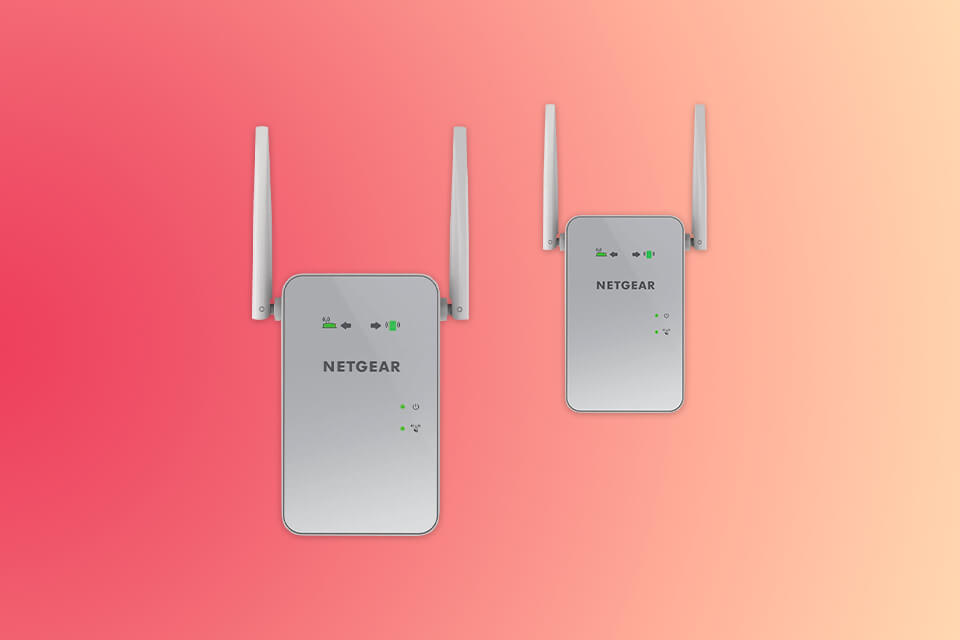
To connect a WiFi extender to a router, use a LAN port (RJ-45). The number of ports may vary from 1 to 4. The more ports the extender includes, the more devices you can connect without using third-party tools.
There are also expanders with a USB port for connecting peripheral devices (printer, 3D modem, flash drive). Routers usually have 1-2 USB ports. There are two USB standards. USB 2.0 is a relatively outdated option with the data transfer speed of up to 480 Mbps. USB 3.0 has a data transfer speed of up to 4.8 Gbps. Both standards are compatible with each other.
Data transmission speed depends on the number of antennas a WiFi extender uses. There are internal and external antennas. All models have internal antennas (from 1 to 6), while external antennas (from 1 to 6) are needed to amplify the signal. The majority of WiFi extenders use 2 internal and 1-2 external antennas. Some advanced WiFi access points come with MIMO technology, which allows transmitting a signal over a longer distance.
The higher the antenna gain, the further the signal will be transmitted. If you plan to connect WiFi devices within an apartment or office, 2-4 dBi will be enough.